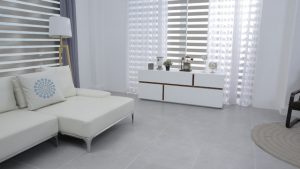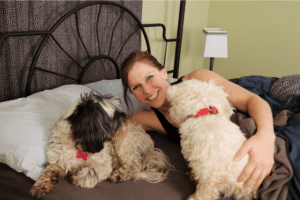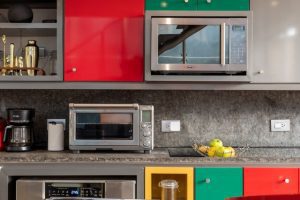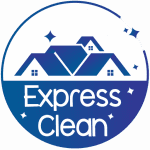3 Cleaning Solutions To Remove Dust: Best Practices for Healthier Spaces
Keeping your work or living space free of dust is more than an aesthetic concern—it is a core part of maintaining a healthy indoor environment. Facility managers, homeowners, and operations leads have a responsibility to prioritize dust control for health, compliance, and workplace efficiency. In the Chicago area, dust can accumulate quickly due to changing seasons and urban factors. Here are three proven cleaning solutions, their safe application methods, and how to manage dust buildup effectively.
Why is Dust Removal So Important?
Dust contains allergens, microbes, and particulates that can trigger respiratory issues and damage electronics and surfaces. Regular dust removal improves air quality, supports staff and resident health, and can even slow the wear and tear of facility infrastructure.
1. Microfiber Cleaning Technology
Description: Microfiber cloths and mops attract and trap fine dust particles through static charge and dense fiber structure. Unlike conventional cotton cloths, microfiber can remove up to 99% of dust and bacteria from surfaces when dampened with water or mild cleaners.
- Best Use: High-touch surfaces (desks, shelves, electronics)
- Material compatibility: Safe for wood, glass, plastics, and electronics
- Care tips: Wash microfiber at 140°F (60°C) without fabric softener to maintain static properties.
- Compliance: Meets modern cleaning standards for infection control in facilities and homes.
2. Vacuum Cleaners with HEPA Filtration
Description: HEPA-filtered vacuums capture 99.97% of particles as small as 0.3 microns, essential for allergy-sensitive environments. Upright or backpack vacuums with sealed systems prevent dust resuspension and cross-contamination.
- Best Use: Carpet, rugs, upholstered furniture, vents
- PPE: Operators should use gloves and N95 masks in heavily soiled or post-construction environments.
- Waste handling: Change or empty vacuum bags outdoors and seal waste immediately.
3. Electrostatic Dusting Solutions
Description: Electrostatic dusters and sprayers use charged fibers or liquids to actively attract airborne dust, making them highly effective for hard-to-reach areas like ceiling fans, vents, and blinds. Ensure products are compatible with your surfaces and always follow manufacturer instructions for dwell time and dispersion.
- Best Use: Blinds, vents, baseboards, light fixtures
- Material compatibility: Test first on delicate surfaces (especially electronics and finishes)
- Safety & compliance: Avoid over-saturating surfaces; follow all local guidelines for aerosol safety.
Quick Comparison Table: Cleaning Solutions for Dust Removal
| Solution | Main Advantage | Typical Dwell Time | Key Safety Note |
|---|---|---|---|
| Microfiber | High dust capture, low chemical use | N/A | Wash regularly, no softener |
| HEPA Vacuum | Removes fine particulates & allergens | N/A | Change filters safely |
| Electrostatic | Reaches complex and elevated areas | 1-10 mins | Test for compatibility |
Scheduling Efficiency: How Often Should You Remove Dust?
For most facilities and homes in Chicago and its suburbs, the recommended frequency is:
- Daily: High-traffic and high-touch surfaces
- Weekly: Floors, baseboards, windowsills, furniture
- Monthly: Vents, light fixtures, and less accessible spaces
Adjust schedules after renovations, pollen-heavy seasons, or increased personnel traffic.
Dust Removal Safety & Compliance
Adhere to CDC recommendations for cleaning and disinfection to reduce cross-contamination risks. When using commercial solutions, opt for those with third-party certifications—see the EPA Safer Choice list for verified options. Always wear appropriate PPE and dispose of single-use towels or vacuum bags correctly.
Eco-Friendly Dusting: Material & Chemistry Best Practices
Choose fragrance-free, neutral pH, or green cleaning products to minimize harsh chemicals where possible. For more information on choosing safe cleaning agents, review our guide: Are Green Cleaning Products Safe?.
Tips for Consistent Results
- Work top-to-bottom: Tackle ceiling fans, vents, and higher shelves before furniture and floors.
- Replace cleaning cloths and vacuum filters regularly to maintain efficiency.
- Train your team on the correct dwell time, proper use of PPE, and chemical compatibility before each cleaning round.
Further Reading for Facility Managers & Homeowners
- How to Clean Ceiling Fans
- Tips for Using Baking Soda in Cleaning
- The Best Cleaning Tools for Every Job
Ready For a Deeper Clean?
If you need professional support for large-scale dust removal or special cases, book office cleaning in Chicago or schedule move-out cleaning with Express clean.
About the Author: Reviewed by: Express Clean Team. With over 20 years of experience in residential and commercial cleaning in Chicago, our team is committed to sharing best practices and safety guidelines for effective and compliant facility maintenance.


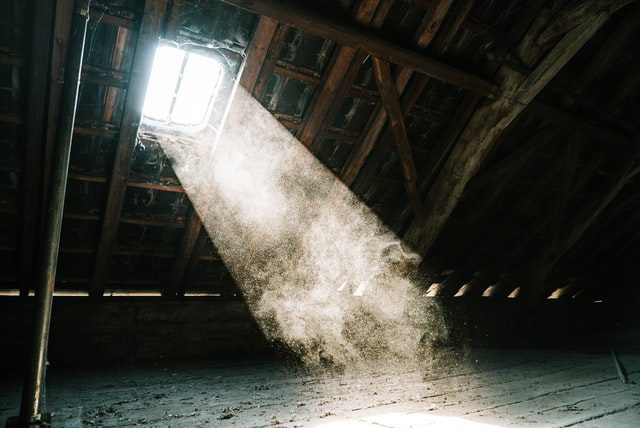
Allergies (CDC), Prevent Getting Sick (CDC), House Cleaning in Chicago, Cleaning Services Chicago IL, House Clean Service in Evanston, House Cleaning Chicago, House Service Clean in Skokie, IL, House Cleaning in Highland Park IL, Cleaning Services House in Wicker Park, House Service in Des Plaines il

